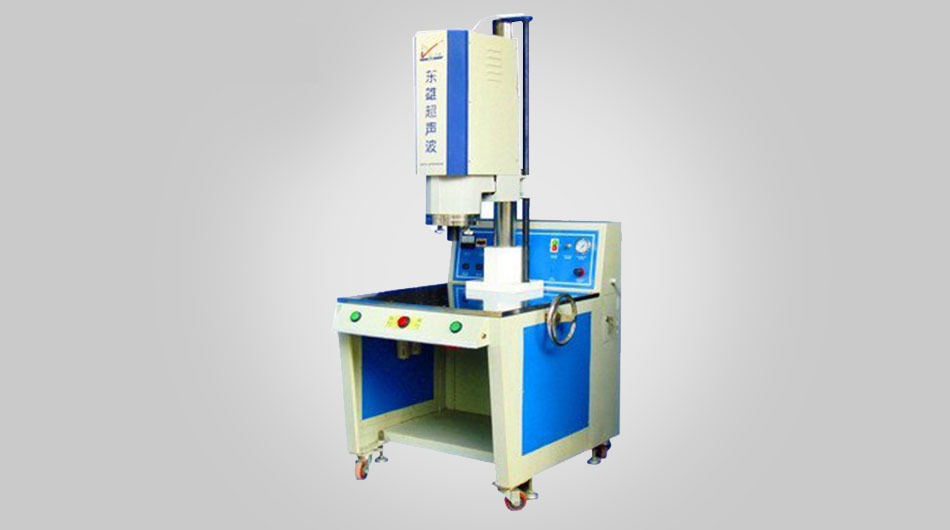

0086-15168150475
sunny@davison-machinery.com/davison@dongxiong.com
A simple question with a complex answer. There are (mor […]
A simple question with a complex answer.
There are (more than) several methods to join metals by welding. All these processes convert energy to heat in the weld zone that result in melting , fusion, and joining. Some of the welding machines are simple hand held machines while many others are computer controlled machines performing many welds at once or many welds per second.
Resistance welding, aka spot welding - an electric current is passed between metal to be joined… the process is designed such that the electrical resistance of the joining material creates heat sufficient to melt the metals and form a weld nugget. Welds can be individual spots using stationary copper electrodes or continuous seams using rotating copper alloy wheels.
Flash butt welding - two pieces to be joined are charged electrically and brought very close together and the electric potential result in an arc flash while the two pieces are plunged thereto. Railway tracks are often joined this way.
Electric arc welding ) - a high voltage electric potential across a gap results in an electric arc ( a mini lightning bolt) between the welding electrode and the work piece, the electric arc raises the work-piece temperature to the melting point where the two pieces fuse. There are various types of electric arc welding , some using filler metals as the electrode , other that use a non-consumable tungsten electrode. Often an inert or other “cover gas” is used to protect the weld are from oxidation or other gas harm while the metal is molten. Some highly automated machines employ a consumable wire filler metal as the electrode where the wire is continuously applied and guided by laser “eyes” to produce the weld fillet.
Gas Welding - An external flame produced from a gas torch is directed to the work-pieces to be joined resulting in melting and fusing. Additional filler metals are often added at the flame impingement point. There are several variations of gas arc welding .
Electron Beam welding - This process directs a beam of highly charged electrons into a beam aimed at the weld joint, resulting in extreme localized heat. Most often operated in a vacuum or atmospheric chamber, this process is well suited for deep joints on high thermally conductive materials like copper alloys, where normal production welding techniques result in excessive heat losses in the joining area and undesirable heat affected zones.
Friction stir welding - Heat is produced from the friction of a rotating tool on the work-pieces…often effective in joining dissimilar metals or when conventional welding creates undesirable results.

https://www.davison-machinery.com/